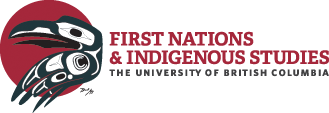False Creek, in what is now Vancouver, British Columbia, was the site of an ancient village known in the Musqueam language, hən’q’emin’əm’, as sən’a?qw and in Skwxwú7mesh as Sen’ákw. In 1869, the colonial government set aside a small Indian reserve at the creek mouth, and in 1877, the government allotted the reserve to the Squamish alone. Over time these lands were fragmented and alienated from a much larger Indigenous landscape. The next 100 years saw the reserve intersected with railway lines, the Burrard Street bridge, and various leases. By 1965, the entire reserve had been sold off. In 2002, the Squamish Nation regained a small section of the earlier reserve: today’s Kitsilano Indian reserve No. 6.
The following chronology and maps provide and approximation of some of the changes to the Kitsilano reserve, illustrating its transformation from a Coast Salish village to an industrial and urban space.

